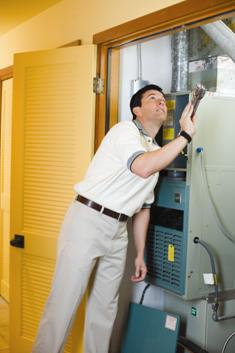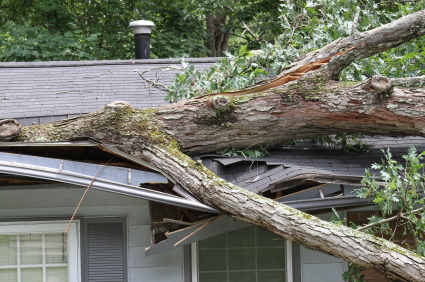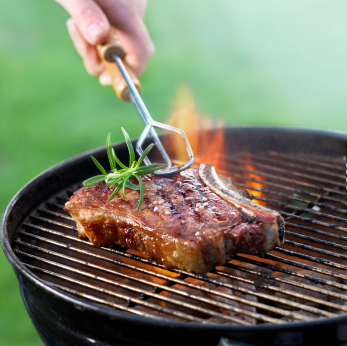
More and more homeowners are considering radon detection a "must" - and with good reason. Health officials have warned that exposure to unsafe levels of radon can cause an increased risk of cancer. In fact radon is the leading cause of lung cancer deaths among nonsmokers in North America, yet it is easily preventable. The Environmental Protection Agency has dubbed January "Radon Awareness Month." Read below to learn more about testing radon levels in your home and protecting your family.
WHAT IS THE SOURCE OF RADON?
Radon is naturally occurring odorless, colorless, radioactive gas that is formed by the ongoing decay of uranium in soil, rocks, sediments, and even well or ground water. While radon that escapes into the atmosphere is not harmful, dangerously high concentrations can build up indoors, exposing residents to possible health risks.
HOW RADON ENTERS THE HOME
Radon gas can migrate into the home in several ways. Openings or cracks in basement walls or floors are common avenues. Sumps, basement drains, and spaces between gas or water fittings can also allow radon into the structure.
HOW CAN MY CLIENTS FIND OUT ABOUT RADON IN A HOME THEY ARE CONSIDERING FOR PURCHASE?
A Pillar To Post Home Inspector can conduct a Radon test as either part of the home inspection process or on its own. An inspector will set up the testing equipment and report on the results once the proper measurement procedure is complete. If an elevated level of radon is detected, steps can be taken to lessen the concentration inside the home.
REDUCING THE LEVELS OF RADON IN THE HOME
Radon mitigation methods can include sealing likely entry points, improving ventilation, and a process called soil depressurization, which vents air from the house back into the surrounding soil, reducing the level of radon that can enter the home. Professional mitigation services are recommended to provide recommendations for a home's specific conditions.


 icon and select "Add to Home Screen".
icon and select "Add to Home Screen".

